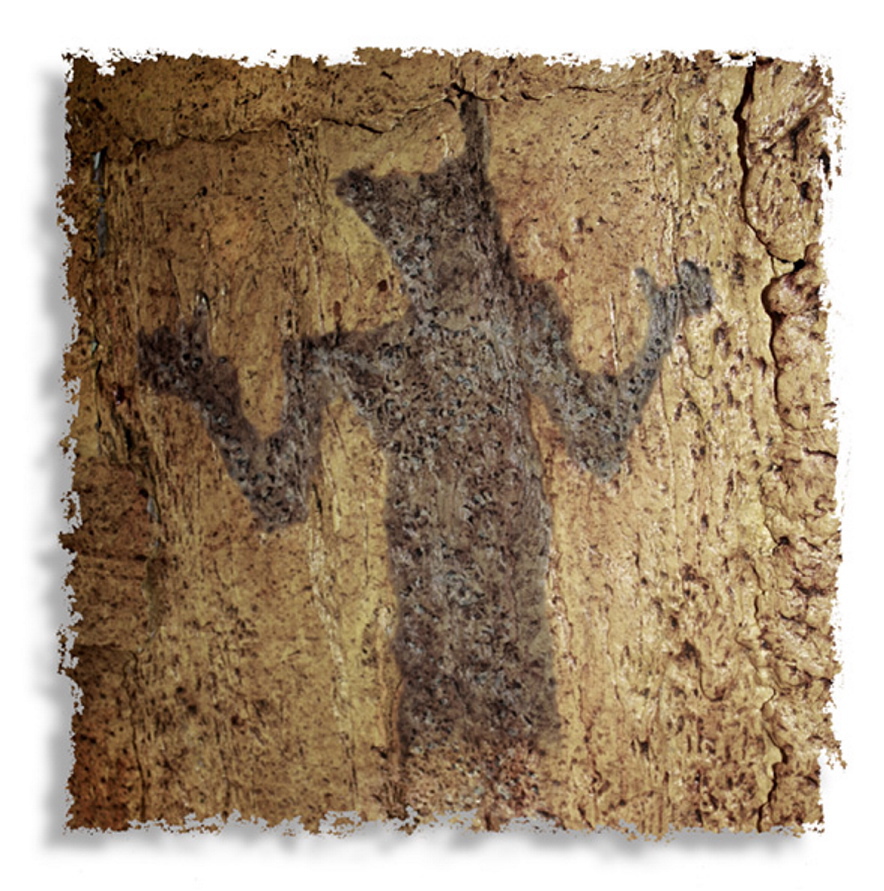
I
n the winter of 1971, Tom Tureen developed his own theory of the Passamaquoddy’s land claims case, the one that would make legal history and transform the status and prospects of the tribe.
By his account – laid out in an exhaustive 1982 article in The New Yorker by Paul Brodeur – Tureen found himself wondering why the Passamaquoddy and other Eastern tribes didn’t benefit from the full range of assistance offered to their Western counterparts by the Bureau of Indian Affairs, or BIA, an agency of the U.S. Department of the Interior.
He soon found himself scrutinizing the root law, the Indian Non-Intercourse Act of 1790, passed by the First Congress to protect Indians from land grabbers. The law – which required Congressional approval for any sale of Indian land – created the trust relationship between the U.S. government and the Indians upon which BIA assistance and a whole range of other privileges grew. But the Non-Intercourse Act had always been understood not to apply to states such as Maine that had evolved out of the original Thirteen Colonies.
That winter, Tureen has said, he became convinced that the law actually should have applied in Maine and other parts of the Thirteen Colonies, and therefore Maine had no legal basis to have been treating the Passamaquoddy as wards of the state or to take their land. The U.S. government, in turn, had failed to uphold this federal law and should now be prodded to sue Maine on the tribe’s behalf. This key insight was the foundation stone of Tureen’s momentous case, and it was first laid out in the law journal article he had allegedly been researching in the hearing room during Don Gellers’ effort to have his drug conviction overturned.
“The federal government has never surrendered its power over the Maine tribes,” Tureen and co-author Francis O’Toole, a University of Maine law student, concluded in their Maine Law Review article, published in the spring of 1971. “That power must be resurrected and the many wrongs must be remedied.”
The article didn’t say so explicitly, but one of the wrongs translated into a potential Indian claim to half the state of Maine, since Congress had allegedly never approved the post-1790 transfers of their ancestral homelands.
Around the time the article came out, Gellers called a meeting with his Passamaquoddy clients to discuss how he was going to proceed with their case, given that he had been convicted of knowing the whereabouts of six marijuana cigarettes and would be moving to Israel. The meeting, held May 12, 1971, at the tribe’s new community hall at Indian Township, would be the last time Gellers would see his clients.
Gellers had flown to Maine from Philadelphia with the attorney he had recruited to take the lead on the case, Stephen Feldman; his own attorney, Hy Mayerson; and “three boxes of files and documents from the land (claims) case … in case anyone wanted to ask any questions about the work.”
His contract with the tribe, a copy of which the Press Herald has obtained, allowed him to associate with other attorneys at his expense in investigating, formulating and representing the tribe’s claims “against the United States, and the States of Maine and Massachusetts.” He would get nothing unless he won, at which point he would receive a fee not to exceed 10 percent, plus any uncompensated expenses.
Gellers later recalled his proposal: “I would continue to direct the case from my new location in Israel” and Feldman would continue to prosecute the tribe’s land claims, both the one he had filed against Massachusetts and a second “huge acreage claim” against the federal government that he said was still in development. None of it would happen.
According to Gellers, Tureen appeared at the meeting and argued the tribe should break the contract. Tureen says he does not recall the meeting.
Tribal leaders were, understandably, noncommittal. Gellers, now a convicted felon and likely to be disbarred, was proposing to remain their chief counsel while residing in Israel to avoid serving his two- to four-year sentence at the Maine State Prison in Thomaston. They said they would let him know their decision within the week.
Gellers and Mayerson then walked over to the table to retrieve the three cartons of documents. “Tom Tureen moved in front of me, and stood there, so that I’d have to shove him out of the way to take them,” Gellers later recalled, an account corroborated by Mayerson. Tribal members told the lawyers to leave them awaiting their final decision.
“Don was my man. I hired him, and I had to fire him, and it was the worst thing I ever did,” says John Stevens, who was Indian Township’s governor at the time. “But we knew he would never give it up to another attorney.”
Stevens says the papers belonged to the tribe, because they had been collected on its behalf under the Indian Rights Association grants. “All that information he had collected was ours,” he says. “So we went into his house, got the stuff, and started a new office.”
Tureen says he does not recall the incident and notes that Gellers’ research had little relevance to the case he would pursue. “He didn’t care about anything the federal government did,” he says. “He was concerned with the actions of Massachusetts.”
Tureen’s strategy diverged from Gellers’, whose suit against Massachusetts would die on the vine. “Tactically, he missed the big claim and the leverage that came from that,” Tureen says, adding that Gellers’ theory was vulnerable because it had no body of state-level case law to build upon. “With the federal Non-Intercourse Act, you had the cornerstone of federal Indian law, an established body of precedent.”
Tureen, fearful that, in his words, “an individual attorney is comparatively easy to pick off,” moved to set up a legal phalanx. He persuaded the Native American Rights Fund to act as co-counsel and, later, to put Tureen on salary. He brought two young attorneys to Calais to work full-time on the case and got one of the country’s biggest law firms, Hogan & Hartson, to help him pro bono.
In November 1971, his team made a horrifying discovery. Congress, in 1966, had quietly passed a law that would forever extinguish all Indian territorial claims against the federal government that were not raised in court by July 18, 1972. Suddenly, Tureen not only had to get his complex and provocative case into court, but he had to do so in eight months.
Naively trusting the Bureau of Indian Affairs would want to help the tribe, Tureen appealed to the agency’s commissioner, Louis Bruce, to file suit on their behalf. BIA officials said they were considering the matter, but in reality were sitting on the ball, apparently intending to run out the clock.
In May, Tureen traveled to Augusta and Washington, D.C., begging – and receiving – the assistance of Gov. Kenneth Curtis, Sens. Margaret Chase Smith and Edmund Muskie, and Congressmen Bill Hathaway and Peter Kyros. They each made statements or wrote letters to Secretary of the Interior Rogers Morton, and Sen. Smith went to President Richard Nixon urging that the Indians be allowed their day in court, but the BIA took no action.
If Tureen didn’t file his suit within a few weeks, the entire land claims case would be moot. And that possibility, Hogan & Hartson attorney Stuart Ross realized, might in itself get them into court.
On June 2, 1972 – with just 46 days left – Tureen’s team filed suit against Secretary Morton at the federal courthouse in Portland, asking a judge to order the federal government to immediately file suit against Maine for unlawfully appropriating the Passamaquoddy’s lands. The judge agreed, and shortly thereafter the United States filed two $150 million lawsuits against Maine, first on behalf of the Passamaquoddy and, a day before the deadline, for Maine’s other major Indian tribe, the Penobscots. The clock had been stopped.
Strangely, nobody in Maine paid it any attention. Through 1973 and 1974, the tribe’s suit – Passamaquodddy v. Morton – was litigated calmly, outside the burning gaze of the media. Nor did the press take much notice in early 1975, when U.S. District Court Judge Edward Gignoux ruled in the two tribes’ favor, reversing the 180-year assumption that Eastern Indians did not have a trust relationship with the federal government. Nor did they wake up when the First Circuit Court of Appeals upheld Gignoux’s decision at the end of the year, or even when it became the law of the land on March 22, 1976, when the deadline to appeal to the U.S. Supreme Court expired.
Even when Tureen flew to Augusta – he had bought his own single-engine Cessna by now – state officials did not take his offer to negotiate a settlement seriously. Great Northern Paper, which owned 2 million acres in the claims area, told him they didn’t see how it affected them. Attorney General Joseph Brennan, a Democrat with eyes on the Blaine House, was also uninterested in negotiations.
Gov. Jim Longley, the fiery, unpredictable independent who’d taken office in 1975, scoffed at the attorney and his tribal clients. The claim, he told Tureen, wasn’t a serious proposition.
Within months, everyone would change their tune, and Longley would be at the U.S. Capitol, screaming at the state’s highest-ranking elected officials at the top of his lungs.
The land claims struggle was underway.
Colin Woodard can be contacted at 791-6317 or at:
cwoodard@pressherald.com
Coming tomorrow:
The tribe shall overcome
Send questions/comments to the editors.






Success. Please wait for the page to reload. If the page does not reload within 5 seconds, please refresh the page.
Enter your email and password to access comments.
Hi, to comment on stories you must . This profile is in addition to your subscription and website login.
Already have a commenting profile? .
Invalid username/password.
Please check your email to confirm and complete your registration.
Only subscribers are eligible to post comments. Please subscribe or login first for digital access. Here’s why.
Use the form below to reset your password. When you've submitted your account email, we will send an email with a reset code.